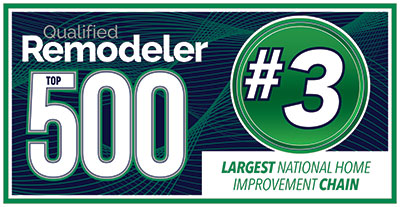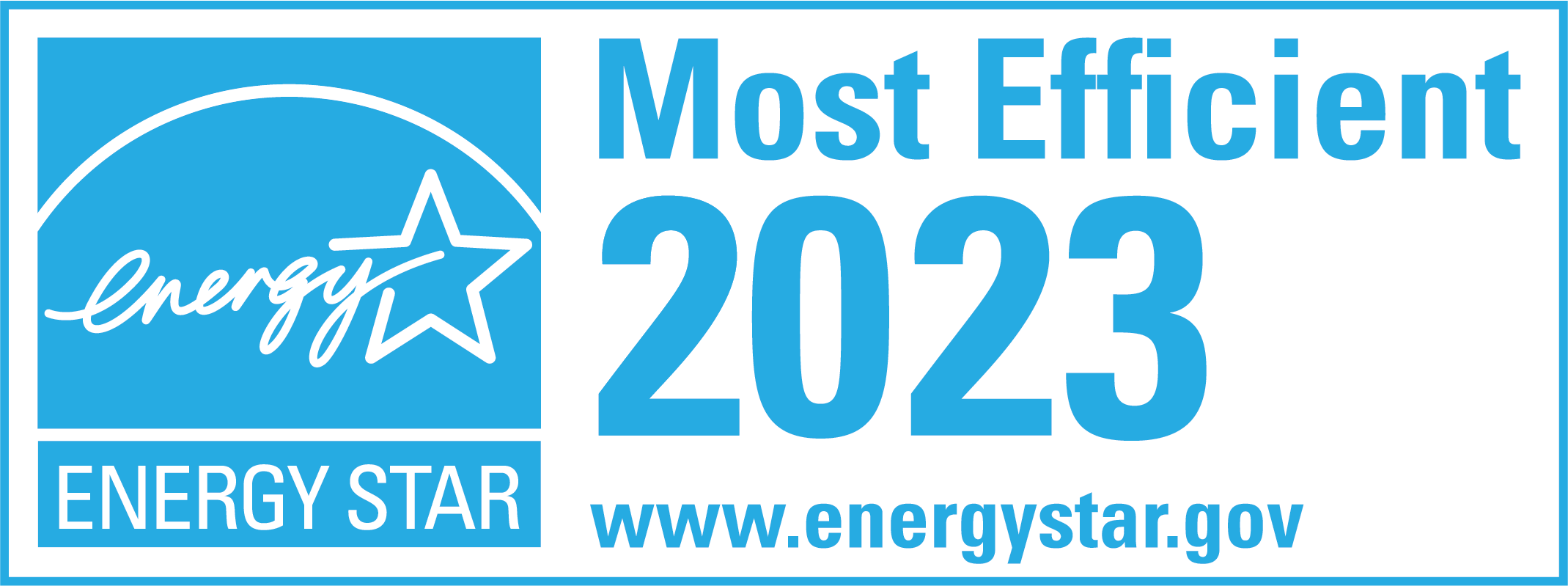The Benefits of Installing Vinyl Siding on Your Home
If you are looking for a cost-effective and low-maintenance solution to your home exterior, you might want to consider installing vinyl siding. This article will examine vinyl siding benefits and why it might be the perfect choice for your home.
What is Vinyl Siding?
Vinyl siding is an exterior cladding made from plastic, typically PVC (polyvinyl chloride). It comes in a range of colors, profiles, and textures, and it is an affordable and versatile option for homeowners who want to refresh the look of their homes without breaking the bank. Lap siding is the most popular siding profile.
One of the benefits of vinyl siding is that it requires very little maintenance. Unlike wood siding, which needs to be painted or stained every few years, vinyl siding only needs to be washed occasionally to remove dirt and grime.
Another advantage of vinyl siding is its resistance to pests such as termites and carpenter ants. These insects can cause significant damage to wood siding, but they have no interest in vinyl.
Components of Vinyl Siding
Typically, vinyl siding is composed of the following components:
- The panels hang from the top of the wall and interlock with each other. These panels come in various sizes and styles, so homeowners can choose the look that best fits their home.
- The J-channel is used to trim around windows and doors. This channel helps to create a clean, finished look and provides a space for the siding to expand and contract with changes in temperature.
- The soffit, which is the underside of the roof overhang. Soffit panels are often ventilated to allow air to circulate in the attic, which can help to prevent moisture buildup and mold growth.
Types of Vinyl Siding
There are several types of vinyl siding, each with its own unique features and benefits:
- Hollow-backed siding is the most affordable option but also the least durable. This type of siding is not recommended for areas with harsh weather conditions, as it may crack or warp over time.
- Insulated siding has a foam backing that provides additional insulation. This can help to reduce energy costs by keeping the home warmer in the winter and cooler in the summer.
- Extra-thick siding is more durable and resistant to impact. This type of siding is a good choice for homes in areas with heavy winds or frequent storms.
When choosing vinyl siding, homeowners should consider their budget, the climate in their area, and the overall look they want to achieve. With so many options available, finding a vinyl siding product that meets their needs and fits their style is easy.
Cost-Effectiveness of Vinyl Siding
Vinyl siding is one of the most affordable options for home exterior cladding. Not only is it cheaper than materials like wood or brick, but it also requires less maintenance, reducing long-term costs. Let’s take a closer look at the cost-effectiveness of vinyl siding and why it might be the right choice for your home.
Initial Installation Costs
The cost of installing vinyl siding will depend on several factors, including the size of your home, the type of siding you choose, and the complexity of the installation process. You can expect to pay between $3 and $8 per square foot for materials and labor. However, it is important to note that while the initial cost may be higher than other options, long-term savings can compensate for it.
Long-term Savings
While the initial investment might seem high, vinyl siding can actually help you save money in the long run. Since it requires minimal maintenance, you won’t have to spend money on repainting, re-staining, or sealing your exterior walls every few years. This means that you can save money on maintenance costs over time. Additionally, vinyl siding can improve your home’s energy efficiency, reducing your heating and cooling bills over time. This can result in significant savings on your energy bills each month.
Comparing Vinyl Siding to Other Siding Materials
When comparing vinyl siding to other materials, it is important to consider each option’s lifespan and maintenance requirements. Wood siding, for example, might look beautiful but requires regular maintenance to prevent rot and termites. This can be time-consuming and expensive. Brick siding is durable but can be expensive to install. Vinyl siding offers a good balance of affordability, durability, and low-maintenance requirements. It is also available in various colors and styles, so you can find the perfect match for your home.
Another advantage of vinyl siding is that it is resistant to moisture and pests. This means you won’t have to worry about mold, mildew, or insect infestations damaging your siding. Vinyl siding is also easy to clean, requiring only a mild detergent and a hose to keep it looking new.
Overall, vinyl siding is a cost-effective and low-maintenance option for homeowners who want to improve their homes’ look and energy efficiency. Vinyl siding is a great choice for any home with its durability, resistance to moisture and pests, and various styles and colors.
Durability and Low Maintenance
Vinyl siding is a popular choice among homeowners due to its durability and minimal maintenance requirements. It is a cost-effective solution that offers long-lasting benefits.
But what makes vinyl siding so durable? Let’s take a closer look.
Weather Resistance
One of the main advantages of vinyl siding is its resistance to harsh weather conditions. It can withstand high winds, heavy rain, and extreme temperatures without warping, cracking, or fading. This is because vinyl siding is made from PVC, a type of plastic that is highly resistant to moisture and temperature changes.
Moreover, vinyl siding is designed to expand and contract with temperature changes, so it can adapt to the changing seasons without getting damaged.
Insect Resistance
Another benefit of vinyl siding is its resistance to pests like termites, which can cause significant damage to other types of siding materials. Termites are attracted to wood-based materials, but vinyl siding is made from synthetic materials that are unappealing to these pests.
This means that homeowners with vinyl siding don’t have to worry about termite infestations or the costly repairs that come with them.
Minimal Maintenance Requirements
One of the biggest advantages of vinyl siding is its minimal maintenance requirements. Unlike wood or brick, vinyl siding does not require regular maintenance like painting, sealing, or re-staining. All you need to do is clean it with a mild detergent and water once a year.
Moreover, vinyl siding is resistant to fading, so you don’t have to worry about the color of your siding fading over time.
In conclusion, vinyl siding is a durable and low-maintenance option for homeowners who want to improve the look of their homes without breaking the bank. With its resistance to harsh weather conditions, pests, and minimal maintenance requirements, vinyl siding is a smart investment that offers long-lasting benefits.
Energy Efficiency
Vinyl siding can improve your home’s energy efficiency, reducing your heating and cooling bills while minimizing your carbon footprint.
Insulation Properties
Some types of vinyl siding come with a foam backing that provides additional insulation, reducing heat loss and air infiltration. This can help keep your home warm in the winter and cool in the summer, leading to significant energy savings over time.
Reducing Energy Bills
By improving your home’s insulation, vinyl siding can reduce your energy bills by up to 20%. This means that you will not only save money but will also contribute to a more sustainable future.
Environmentally Friendly Option
Vinyl siding is a more eco-friendly option than other materials like wood or brick. It requires less energy to produce and is recyclable at the end of its lifespan, reducing waste and promoting sustainability.
Conclusion
Vinyl siding offers a cost-effective, durable, and low-maintenance solution for your home exterior. Not only does it come in a range of colors and textures, but it can also improve your home’s energy efficiency while reducing your long-term costs. Consider installing vinyl siding on your home and enjoy the benefits for years.






